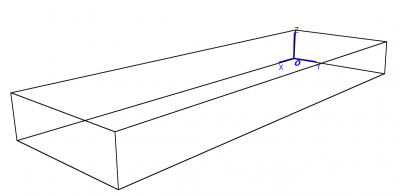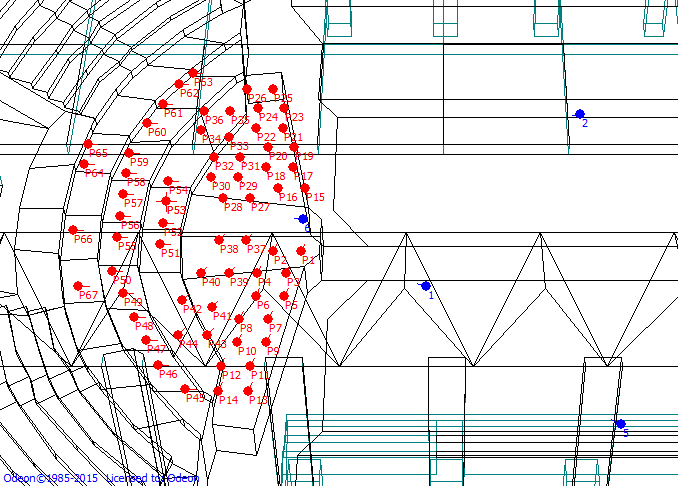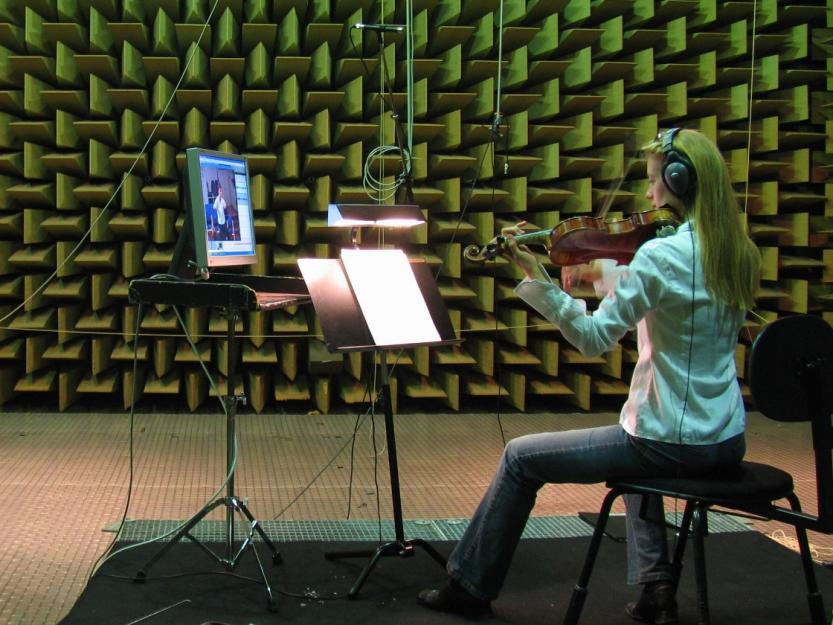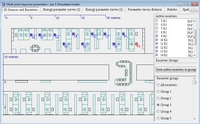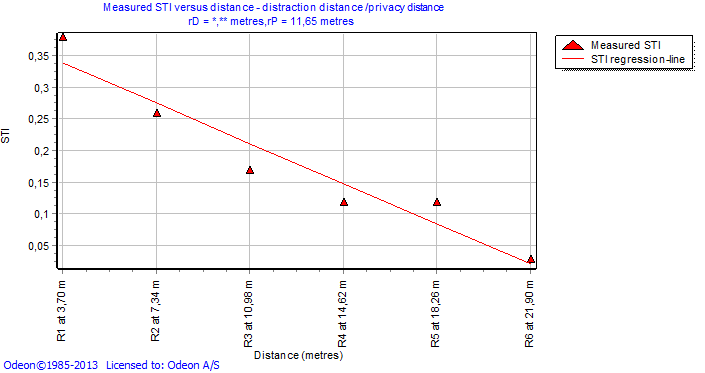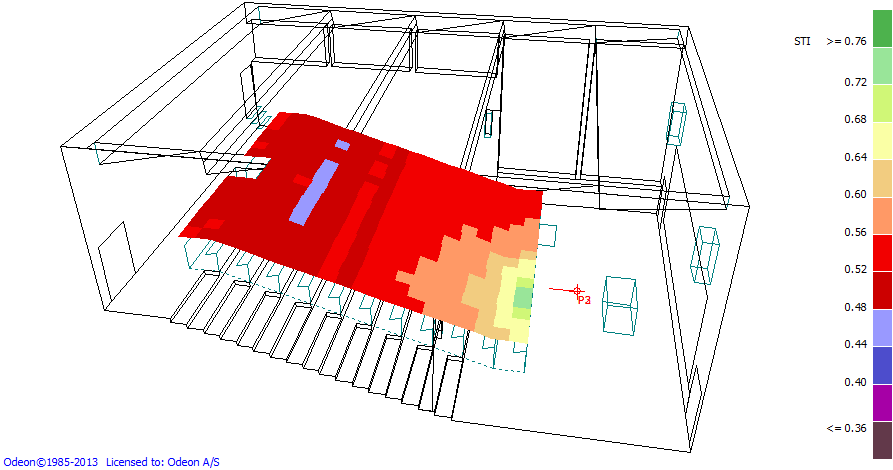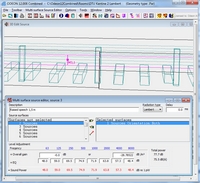In this page you can find application notes on interesting room acoustics problems, where ODEON is used to provide reliable estimations. The application notes serve as guides for similar projects.
You can click on an item in the list below to go to that application note.
- Plotting the results of a multipoint response calculation in Octave or Matlab
- Detecting flutter echoes in ODEON
- Modelling Simple Rooms in ODEON
- Modelling baffles in ODEON
- Auralisation and how to calibrate the sound level for presentations
- Orchestra simulation and auralisation
- Calibration for Impulse Response Measurements
- ISO 3382-3 Open plan offices – Part 1 – Calculations
- ISO 3382-3 Open plan offices – Part 2 – Measurements
- Calculation of Speech Transmission Index in Rooms
- Measurements with a Smart Phone
- Acoustics in Restaurants
Auralisation and how to calibrate the sound level for presentations, by J. H. Rindel
This is a guide on how to calibrate the sound level of an auralisation derived from a room acoustic simulation. The correct level of presentation is important for all kinds of auralisation in order to be as realistic as possible.
Orchestra simulation and auralisation, by J. H. Rindel
This is a guide on how to simulate the sound of an orchestra in a room. The method is intended for concert halls and similar venues. Simulations may be used to compare the sound in different listener positions, to evaluate the balance between the instrument groups in a certain room design, or to compare the sound in a new hall design to that of another hall.
Calibration for Impulse Response Measurements, by G. Koutsouris and C.L. Christensen
This is a guide on how to calibrate the ODEON measuring system in order to obtain the Sound Strength (G) and Speech Transmission Index (STI) parameters. Calibration should be performed in a diffuse or an anechoic chamber. On top of that, a two-step calibration procedure is developed, which ensures that any change in the equipment gains does not destroy the calibration.
ISO 3382-3 Open plan offices – Part 1 – Calculations, by J. H. Rindel
This is a guide on how to calculate the room acoustical parameters especially developed for open plan offices according to the international standard ISO 3382-3:2012 Acoustics – Measurement of room acoustic parameters – Part 3: Open plan offices.
ISO 3382-3 Open plan offices – Part 2 – Measurements, by J. H. Rindel
This is a guide on how to measure the room acoustical parameters especially developed for open plan offices according to the international standard ISO 3382-3:2012 Acoustics – Measurement of room acoustic parameters – Part 3: Open plan offices
Measurements with a Smart Phone, by C.L. Christensen and G. Koutsouris
This application note shows how to obtain “snap-shot” impulse response measurements for further analysis on a PC using a highly portable measurement equipment. When visiting a site, while taking a few snap-shots for documentation using the camera in the Smart phone, why not make a few acoustic snap-shots of the room at the same time?
Acoustics in Restaurants, by J. H. Rindel
This is a guide on how to calculate the ambient noise level in a space where the noise source is speech from a large number of people gathered and talking to each other in small groups. The field of application includes eating facilities like canteens, bars, and restaurants. Noise at receptions and similar social gatherings where people are standing may also be simulated. The method is not applicable to small spaces, i.e. a minimum of around 50 people is required for this method.



